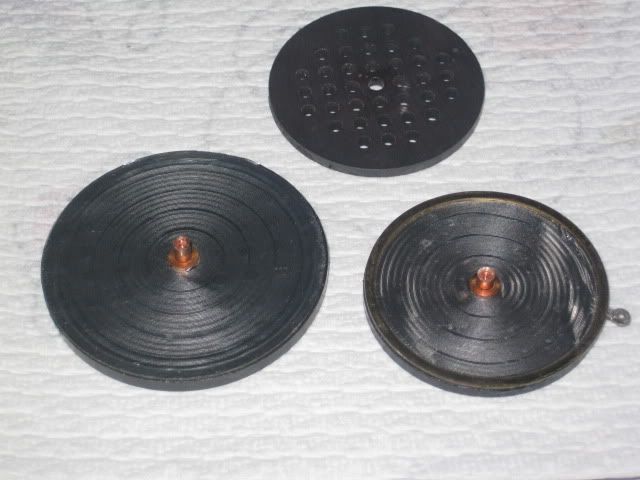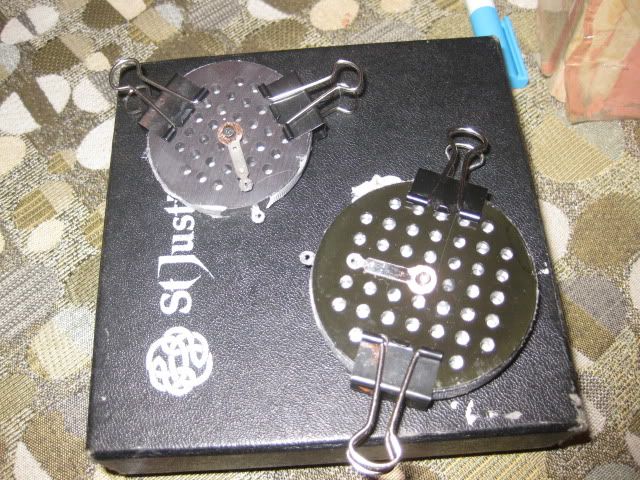kinsale
100+ Head-Fier
- Joined
- Mar 3, 2006
- Posts
- 207
- Likes
- 10
Hi all,
I got my first Ortho today. A YHD-2 from Sachu. I must say I am really impressed. It is a very involving sound. Bass is amazing. My other phone right now is the Koss ESP950. I hate to say it but I am enjoying these yamahas a lot more right now.
I know these are the smaller of the Orthos. Would something like the new Fostex phones have a similar sound as they are Orthos too??
Ian
I got my first Ortho today. A YHD-2 from Sachu. I must say I am really impressed. It is a very involving sound. Bass is amazing. My other phone right now is the Koss ESP950. I hate to say it but I am enjoying these yamahas a lot more right now.
I know these are the smaller of the Orthos. Would something like the new Fostex phones have a similar sound as they are Orthos too??
Ian
































